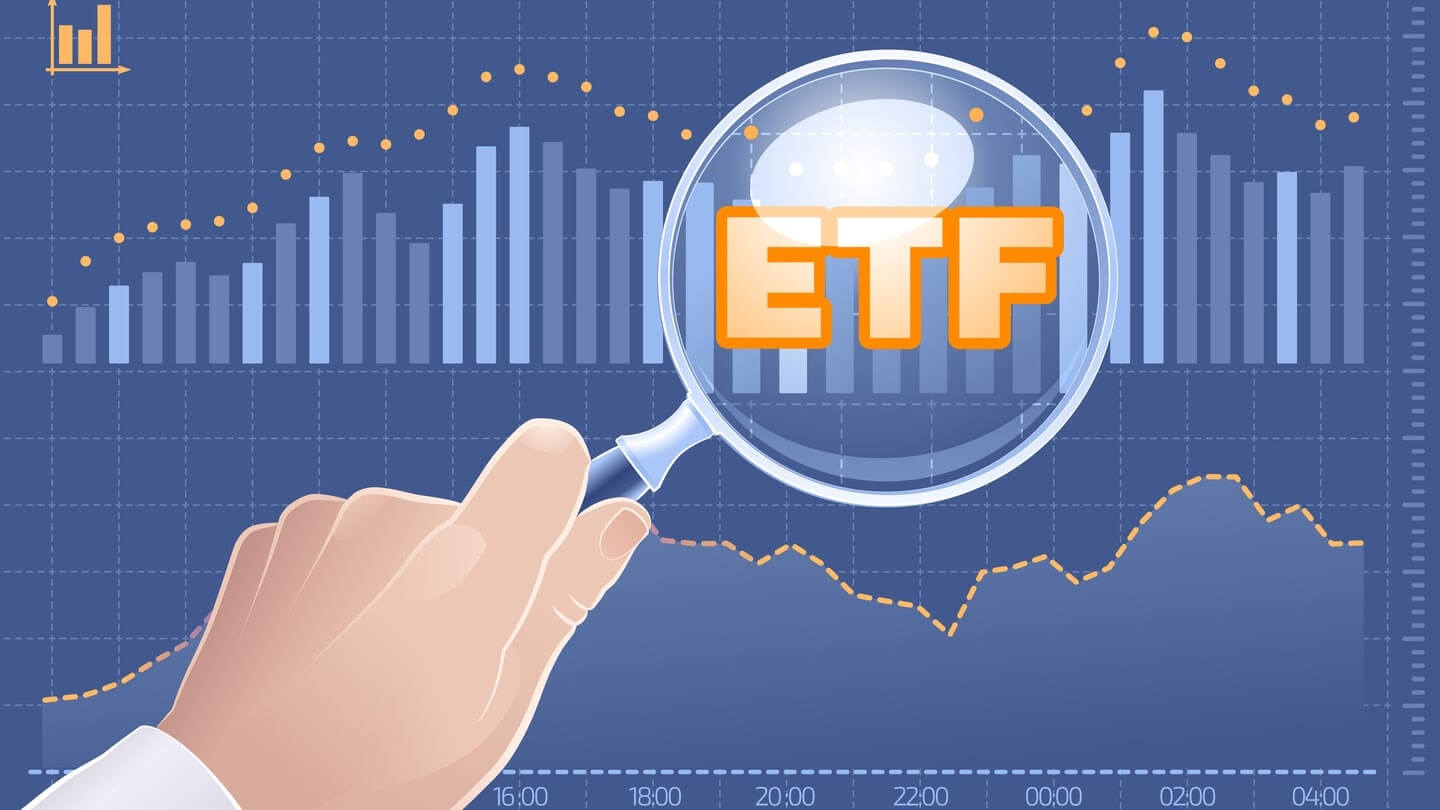Advanced ETF trading strategies: How experienced traders stay ahead in Singapore

Exchange-Traded Funds (ETFs) have become popular among investors and traders due to their flexibility, diversification, and ease of trading. In the dynamic market of Singapore, experienced traders employ advanced strategies to gain a competitive edge and maximise their trading performance.
This article will explore some of the advanced ETF trading strategies experienced traders use to stay ahead in Singapore.
Leveraging options in ETF trading
Experienced traders in Singapore often employ options strategies to enhance their ETF trading. Options allow traders to hedge against market downturns, generate income through premiums, and leverage their positions. One standard options strategy is the covered call, where traders sell call options against their ETF holdings to generate additional income. This strategy works well in sideways or slightly bullish markets when traders expect limited price movement.
Another options strategy is the protective put, which involves purchasing put options to limit potential losses in a declining market. This strategy acts as an insurance policy for the ETF holdings, allowing traders to participate in potential upside while protecting against downside risk.
Experienced traders may use options spreads, such as vertical spreads or iron condors, to generate income while managing risk. These strategies involve simultaneously buying and selling options with different strike prices to create a range of profit potential.
Traders can also use an ETF broker in Singapore to help them with their trades and give them professional advice.
Pair trading and ETF arbitrage
Pair trading is a popular strategy among experienced traders in Singapore, especially in ETF trading. This strategy involves simultaneously taking long and short positions in two correlated ETFs. By identifying pairs of ETFs with a historically strong correlation, traders can take advantageof the relative performance between the two. If one ETF outperforms the other, the trader benefits from the extended position and offsets potential losses from the short position.
ETF arbitrage is another advanced trading strategy used by experienced traders. Arbitrageurs capitalise on price discrepancies between the ETF and its underlying assets, taking advantage of temporary imbalances. They buy or sell the ETF while simultaneously buying or selling the underlying assets, aiming to take advantageof the convergence of prices. This strategy requires quick execution and a deep understanding of the ETF’s underlying assets and their relationship to the ETF price.
Leveraging quantitative and algorithmic trading
Experienced traders in Singapore often utilise quantitative and algorithmic trading techniques to gain a competitive advantage. They leverage advanced statistical models, historical data analysis, and automated trading systems to identify patterns, generate trading signals, and execute trades quickly and precisely.
Quantitative trading involves using mathematical and statistical models to analyse market data and identify trading opportunities. Traders develop algorithms that consider historical price movements, volume, volatility, and market indicators to make informed trading decisions. These strategies can be implemented manually or through automated trading systems.
Algorithmic trading, or algo-trading, involves executing trades based on pre-defined rules and instructions. Traders develop algorithms that automatically execute trades based on specific market conditions, price levels, or indicators. Algo trading allows for rapid execution, eliminates emotional biases, and can capture opportunities in volatile markets.
Leveraging leveraged and inverse ETFs
Experienced traders in Singapore may explore leveraged and inverse ETFs as part of their advanced trading strategies. Leveraged ETFs seek to magnify the daily returns of an underlying index or asset class, providing traders with amplified exposure. These ETFs can capitalise on short-term market movements or exploit market trends.
Inverse ETFs, on the other hand, aim to deliver the opposite daily returns of an underlying index or asset class. Traders can use inverse ETFs to find opportunities from declining markets or hedge against potential portfolio downturns. These ETFs can act as a protective measure during market downturns or when traders anticipate a decline in specific sectors or asset classes.
To sum things up
Experienced traders in Singapore employ advanced ETF trading strategies to stay ahead in the market and enhance their trading performance. Leveraging options, pair trading, ETF arbitrage, quantitative and algorithmic trading, and leveraging leveraged and inverse ETFs are some techniques experienced traders use.
Traders need to understand the complexities of these strategies, manage risks effectively, and continuously adapt to changing market conditions. By incorporating these advanced strategies into their trading approach, experienced traders can confidently navigate the Singapore market and strive for consistent results.



